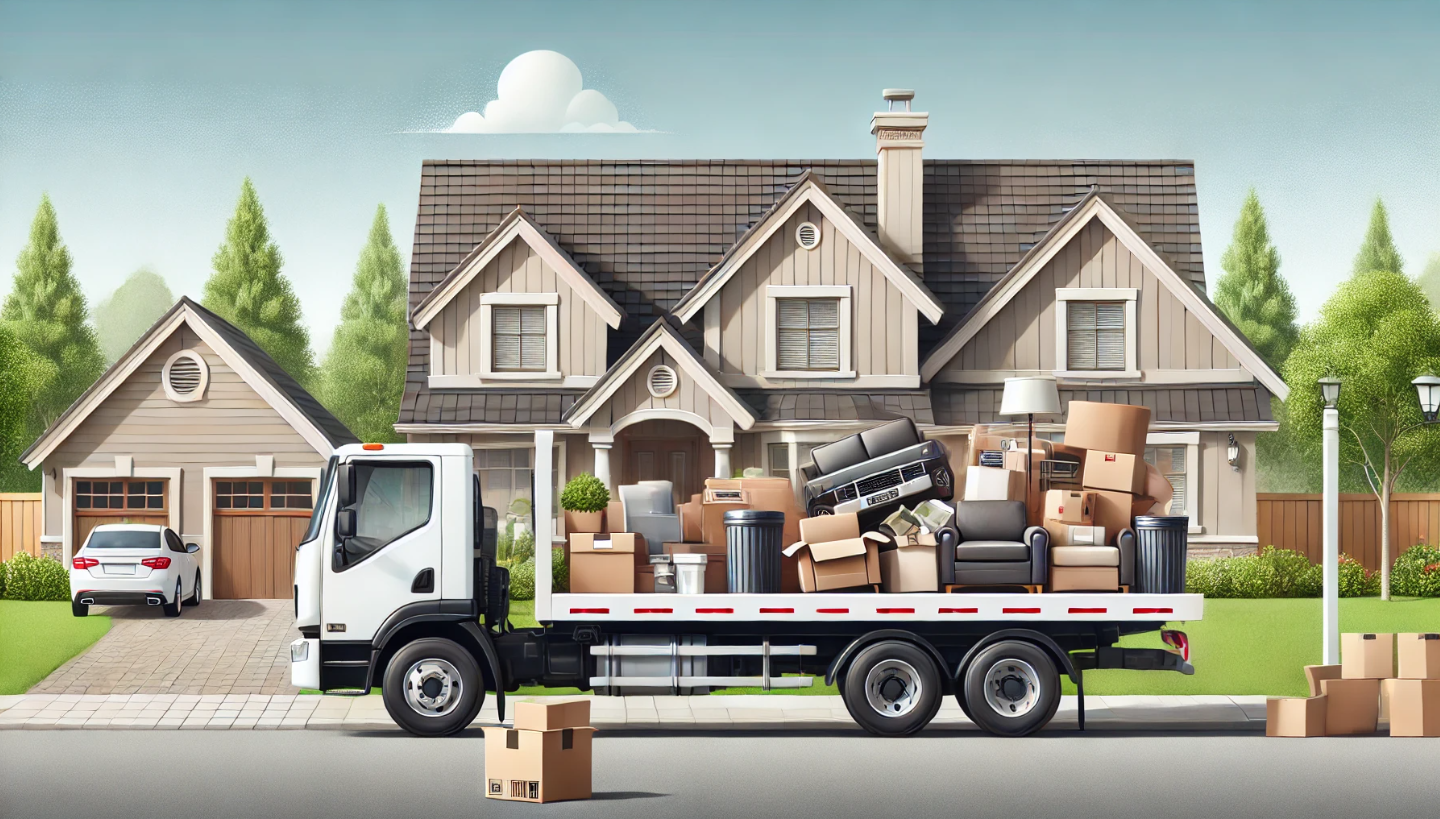
Residential Junk Removal: A Practical Guide to Decluttering Your Home
Residential junk removal isn't just about aesthetics—it’s about creating a functional, stress-free living space. Clutter can negatively impact mental health, increase hazards in your home, and reduce overall productivity. A clutter-free home fosters a healthier, more organized lifestyle.
Steps for Efficient Residential Junk Removal
1. Assess Your Space
- Take an inventory of each room to identify items you no longer need.
- Use a checklist to organize items into categories like “donate,” “trash,” or “recycle.”
2. Declutter Room by Room
Focus on one area at a time to avoid feeling overwhelmed.
- Start Small: Begin with less intimidating spaces like a closet or drawer.
- Sort Immediately: Place items into designated boxes or bins as you go.
3. Donate or Sell Usable Items
- Donations: Goodwill, Salvation Army, and local shelters often accept furniture, clothes, and household goods.
- Selling Platforms: Try apps like OfferUp, Facebook Marketplace, or eBay for items with resale value.
4. Utilize Professional Junk Removal Services
Hiring a professional service ensures safe, efficient removal of large or hazardous items.
- Benefits: Saves time, ensures proper disposal, and reduces physical strain.
- Look For: Eco-friendly companies that recycle or donate.
Common Types of Residential Junk
Different types of junk require specific disposal methods. Here’s a breakdown of the most common household clutter:
| Type of Junk | Examples | Recommended Disposal Methods |
|---|---|---|
| Furniture | Couches, chairs, tables | Donation, recycling, or upcycling |
| Appliances | Refrigerators, microwaves | Professional recycling or donation |
| Electronics (E-Waste) | TVs, laptops, mobile phones | Certified e-waste recycling facilities |
| Yard Waste | Branches, leaves, grass clippings | Composting or local yard waste services |
| Miscellaneous Clutter | Clothing, toys, books | Donation or thrift stores |
Eco-Friendly Residential Junk Removal Options
Recycling
Recycling reduces waste and helps repurpose materials. Check your local community guidelines for accepted recyclables.
Composting
Yard waste and biodegradable materials can be composted to enrich your garden soil.
Upcycling
Get creative by repurposing old items:
- Turn an old dresser into a planter box.
- Use glass jars for storage.
How to Avoid Future Clutter
1. Practice Minimalism
Adopt a “less is more” mindset by keeping only essentials.
2. Use Storage Solutions
Invest in shelves, bins, and organizers to maximize space and reduce clutter.
3. Regular Decluttering
Schedule periodic cleanouts (e.g., monthly or seasonally).
4. Set Rules for New Items
For every new item brought into the home, remove one.
FAQs About Residential Junk Removal
1. How much does residential junk removal cost?
Costs vary based on the volume and type of junk. Many services provide free estimates.
2. Can junk removal services handle hazardous waste?
Some services specialize in hazardous waste, but always confirm beforehand.
3. What’s the best way to dispose of old electronics?
Take electronics to certified e-waste recycling facilities.
4. Is junk removal eco-friendly?
It can be if you choose services that recycle, donate, or dispose of waste responsibly.
5. How do I prepare for a professional junk removal service?
Sort items beforehand and ensure clear access to junk removal areas.

